Historical
Context
A turning point is defined as a period in history when a significant change occurs.
Three of these turning points were the Rise of Roman Empire, the Black Death,
theEnlightenment, and the World Wars of the 20th century.
Task:
Choose two
turning points in history (you may use these or two of your own choosing) and for
each:
• Explain why it
is considered a turning point.
• Evaluate whether the effect of the turning point has been positive or
negative.
Part B
Respond to the
above questions in a four paragraph essay using at least half of the
documents supplied to you. Use the organizer supplied to you to organize
your ideas. Please make sure that you reread your essay and submit
work that is of the highest quality.
|
|
|
DOCUMENT
I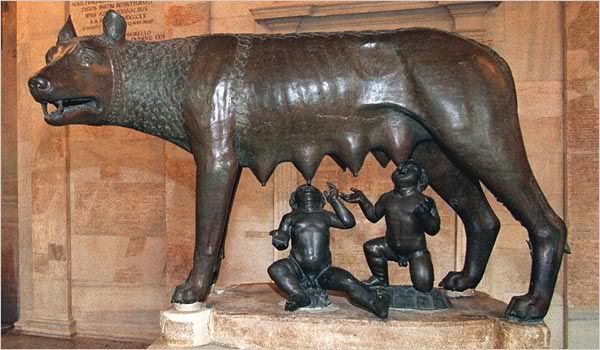 The she-wolf with the boys, Romulus and Remus
|
|
|
DOCUMENT
II
“The
word "empire" derives from the Latin “imperium”, the absolute authority held by
the rulers of ancient Rome. By sheer military force, Rome's rulers created the West's
largest and longest-lasting empire: a world state consisting of many different lands and peoples,
governed by a single, sovereign power. Rome was not the first of antiquity's empires; from
Sargon and Hammurabi to the kings of Assyria and Persia, territorial ambitions had driven the course
of empire. However, the Romans created the most far-reaching of the ancient empires, and Rome's
influence outlasted that of its predecessors by centuries.”
-Professor James
Repka, Saddleback College
|
|
|
DOCUMENT
III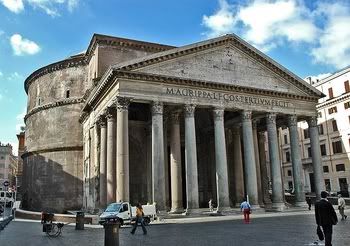 Above:
The Pantheon, Rome Above:
The Pantheon, Rome
Below: The Rotunda, University of Virginia [designed by Thomas
Jefferson]
|
|
|
DOCUMENT
V
"Neither physicians nor medicines were effective.
Whether because these illnesses were previously unknown or because physicians had not previously
studied them, there seemed to be no cure. There was such a fear that no one seemed to know what to
do. When it took hold in a house it often happened that no one remained who had not died. And it was
not just that men and women died, but even sentient animals died. Dogs, cats, chickens, oxen, donkeys
sheep showed the same symptoms and died of the same disease. And almost none, or very few, who showed
these symptoms, were cured. The symptoms were the following: a bubo in the groin, where the thigh
meets the trunk; or a small swelling under the armpit; sudden fever; spitting blood and saliva (and
no one who spit blood survived it). It was such a frightful thing that when it got into a house, as
was said, no one remained. Frightened people abandoned the house and fled to
another."
-Marchione di
Coppo Stefani
|
|
|
DOCUMENT VI 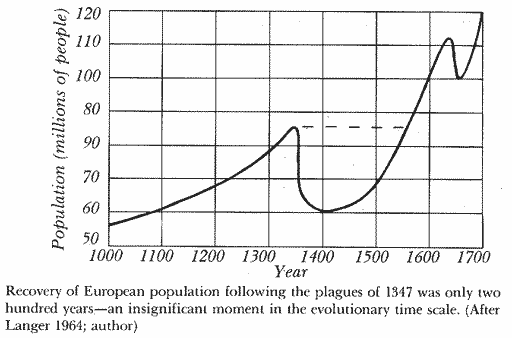 
|
|
|
DOCUMENT
VII
(Equality is ...)
"That equal right which every man hath, to his natural freedom, without being subjected to the
will or authority of any other man".
-Second Treatise, chapter 6
|
|
|
DOCUMENT VIII
"In
all ages of the world, priests have been enemies of liberty."
-David Hume, 1741 - 1742 - Essays: Moral and Political
|
|
|
DOCUMENT
IX Above:
World War I Aircraft Above:
World War I Aircraft
|
|
|
DOCUMENT
X
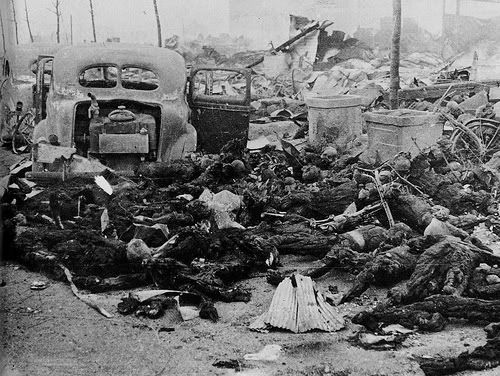 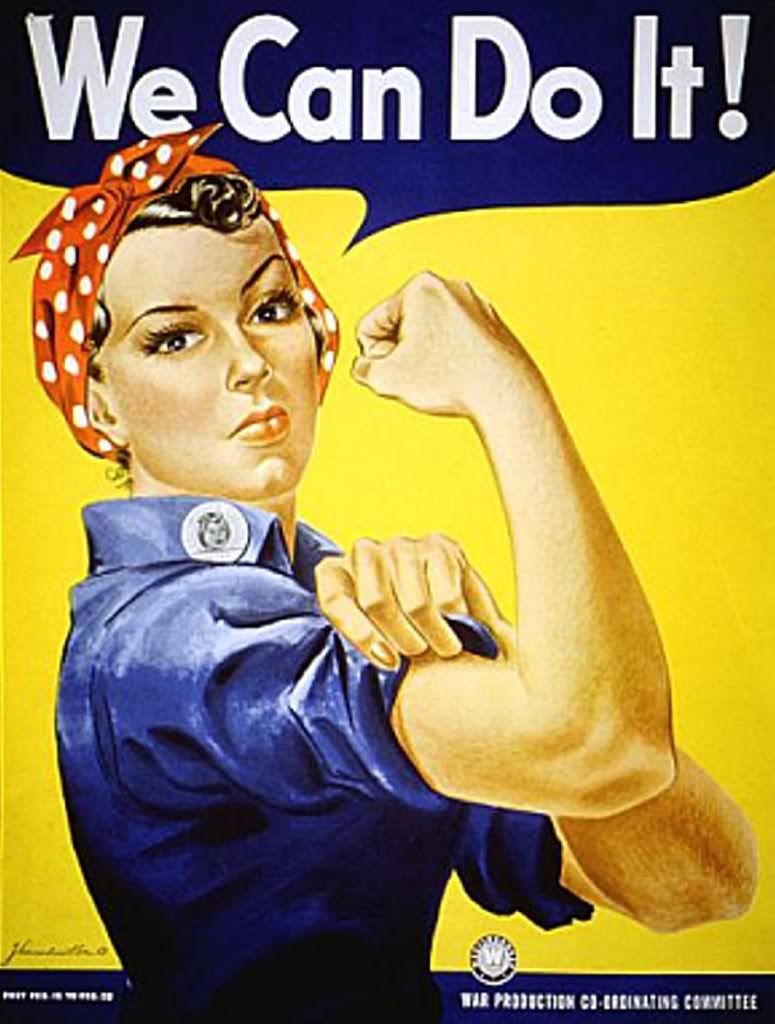 Above: A Japanese town after US firebombing Above: A Japanese town after US firebombing
Right: Rosie the Riviter; A WWII
symbol in the United States
Essay Response Area
|